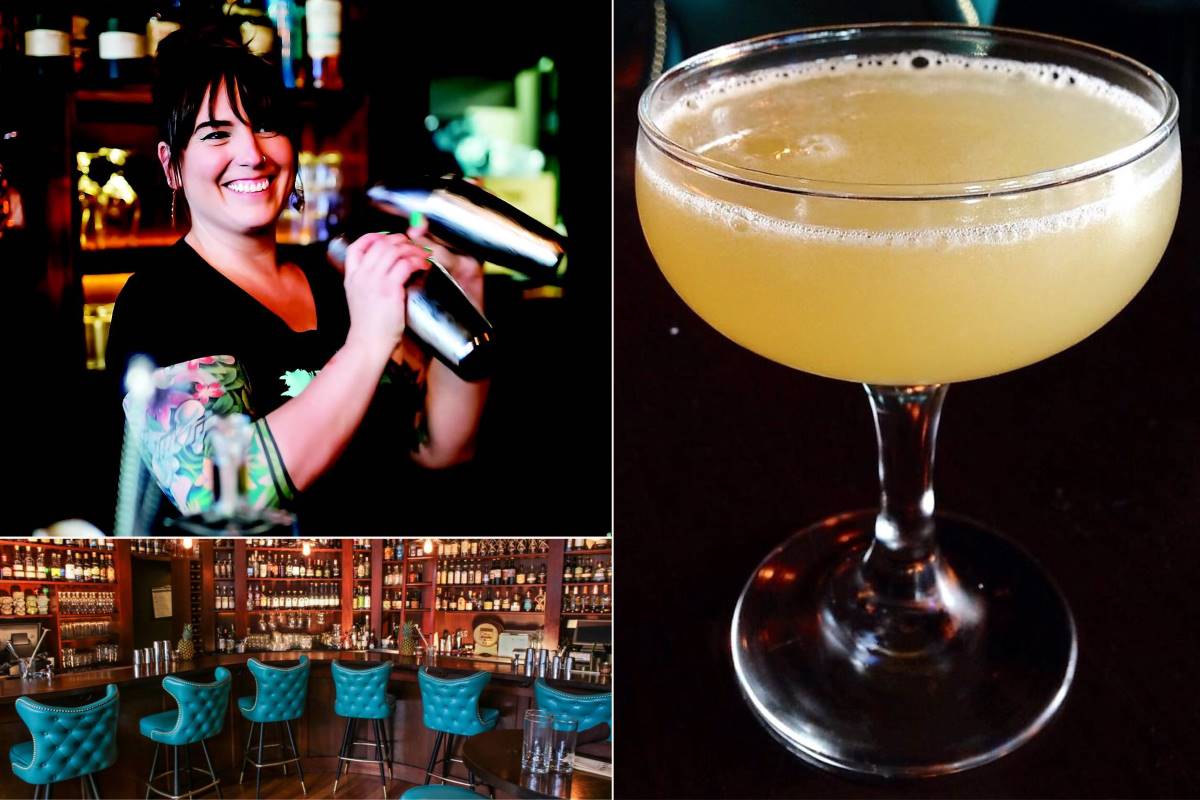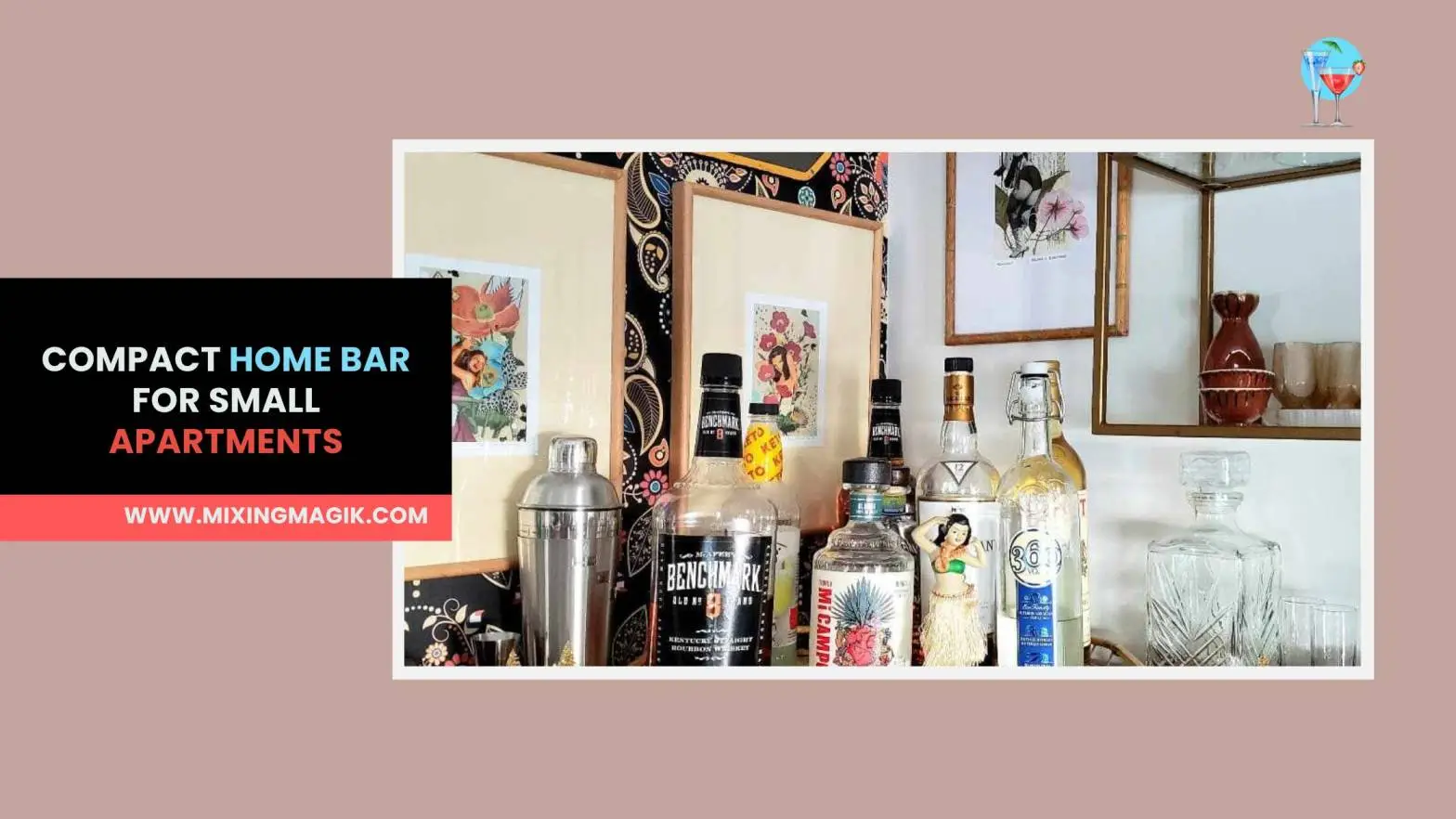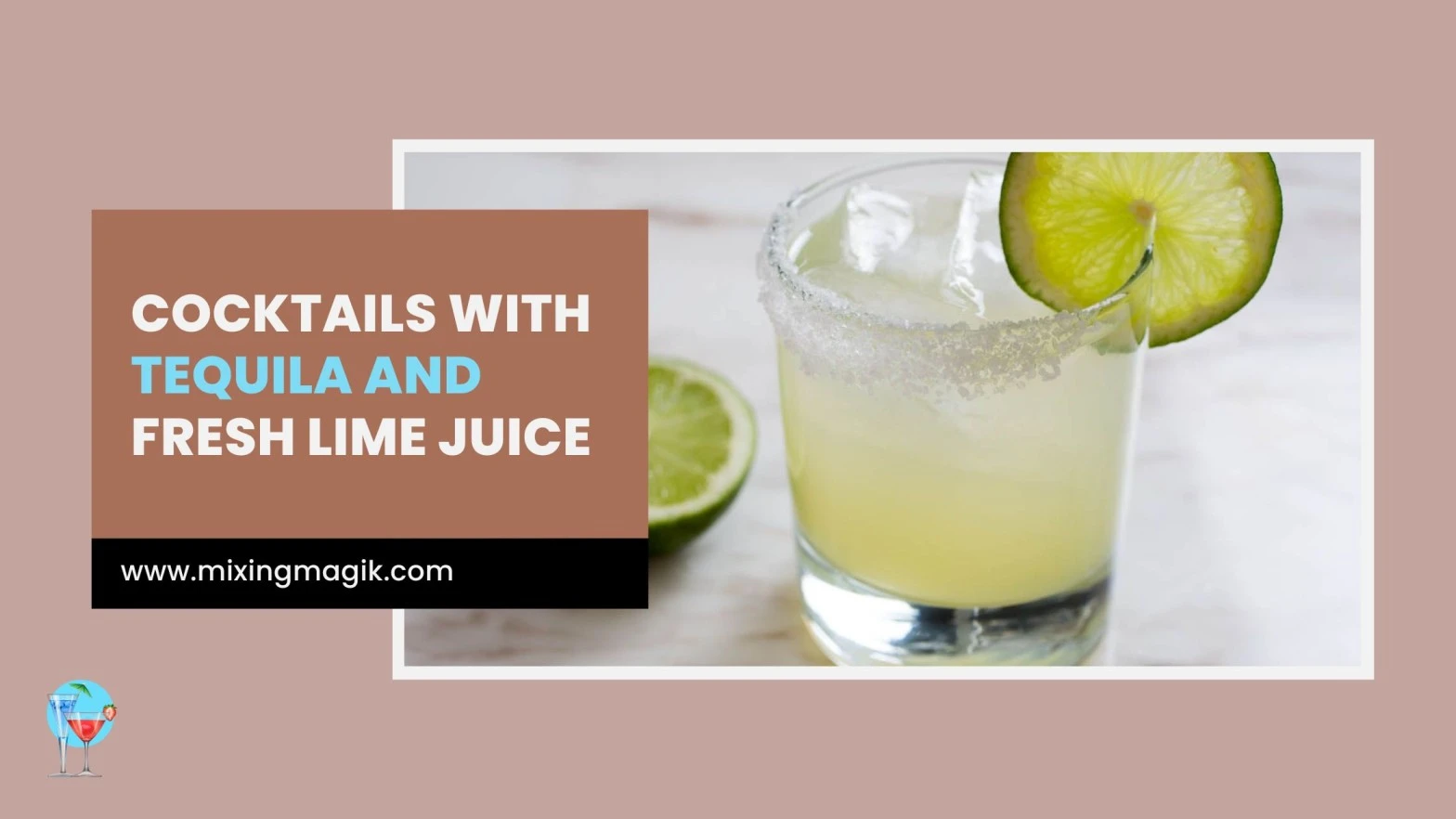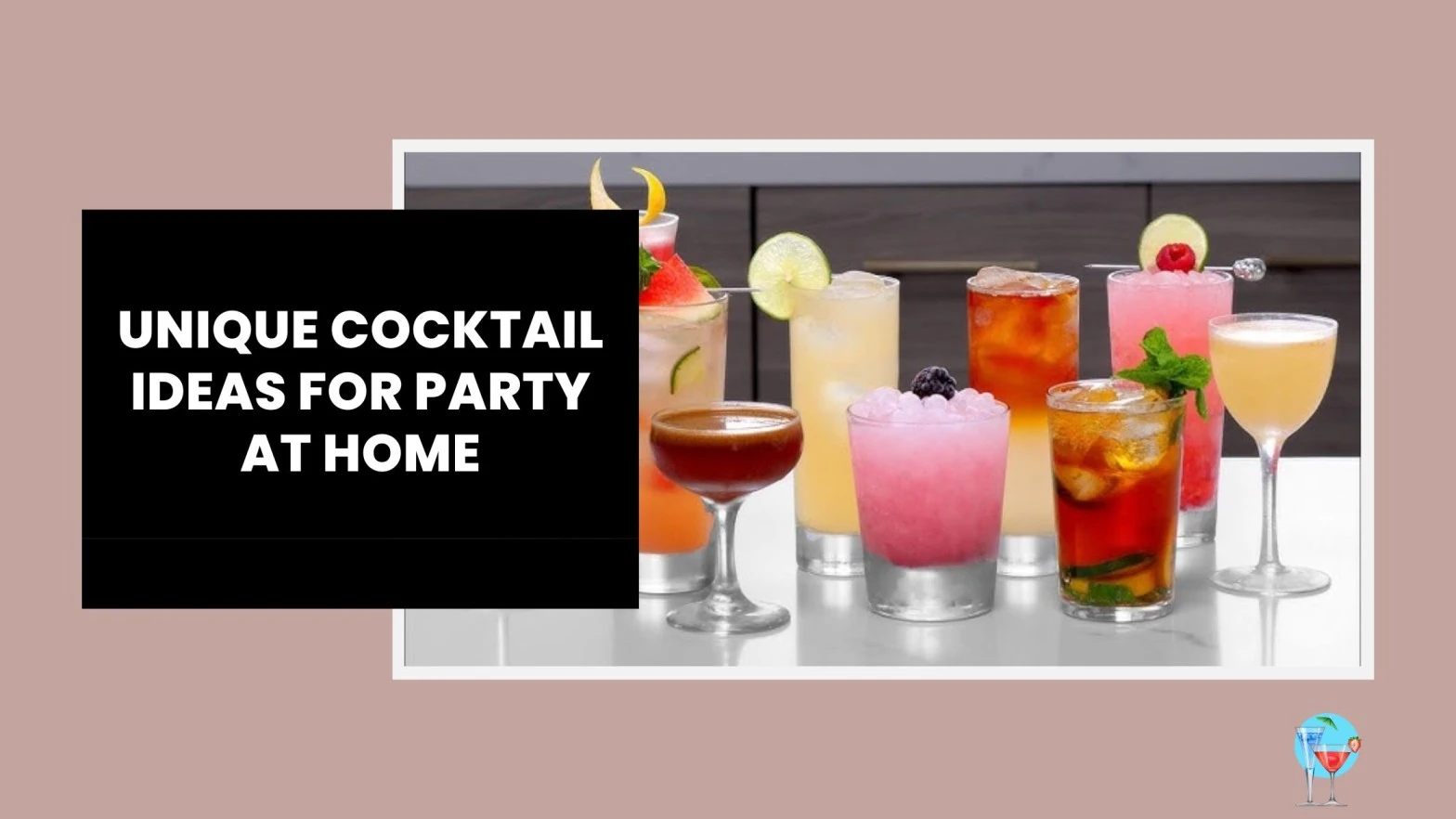Every so often I see something in a Facebook rum group and think “Gosh, someone should publish this so it doesn’t fade into oblivion.” Such was the specimen with a post by Jen Akin, General Manager of Seattle’s Rumba. We featured some of Jen’s recipes in Minimalist Tiki (C.R.E.A.M., Red Wedding) and she graciously well-set to let me share her wisdom here for posterity.
What follows is a very lightly edited version of what Jen originally wrote on Facebook.
A couple days ago, a fellow rum lover posted on Facebook’s Ministry of Rum forum well-nigh house rum blends, specifically a Cuban-style blend, and linked to an article by Wayne Curtis in The Daily Beast. Rumba’s daiquiri tousle was featured slantingly BlackTail (RIP), Anvil, and Manolito. I replied that we had re-formulated Rumba’s blend—partially as a result of this article. Some folks were curious well-nigh our revised tousle is, how and why we tousle rum the way we do, and why Rumba’s tousle reverted over the years.
For context, I’ve worked at Rumba since October of 2016, became Bar Manager in May 2017, and the General Manager six months later.
After Wayne’s vendible came out, I reverted one of our house blends for the first time since rhadamanthine a manager. Surpassing posting the recipe, here is what I take into consideration for a rum blend, specifically our Cuban-Inspired or daiquiri blend
-
Cost: like most bar managers, a large part of my job is making sure my bar is successful and profitable, which ways I’m constantly keeping my eye on our liquor cost. Since our daiquiris are all on happy hour and moreover the least expensive drinks on our menu, I have to make a tousle that is affordable for an $8 daiquiri (keep in mind we are in Seattle, as far as pricing is concerned. Seattle liquor financing are VERY high.)
-
Versatility: we use our daiquiri tousle in many house cocktails. So much so that the staff just refers to it as “the rum blend” despite the fact that we have two other blends (Mai Tai and tiki blend). The daiquiri tousle has to taste unconfined in all archetype Cuban cocktails, as well as our house old fashioned, unrepealable tropical drinks, infused with pineapple for our pina colada slushy, etc…
-
Taste: will this taste unconfined in a daiquiri for all the many variegated guests that walk through our doors? We have such a wide variety of guests when it comes to rum. Many people that come to Rumba don’t unquestionably realize that we are a rum bar and are taken unknowingly by our menu. I can’t tell you how many people are surprised that our daiquiris aren’t served composite with strawberry syrup and wonder why we don’t siphon unrepealable popular rum brand.
I have to make a daiquiri that appeals to rum experts, guests that think they don’t like rum or daiquiris at all, and guests that have been drinking our daiquiris for years. And let’s be honest, I have to make a daiquiri that industry folks will love too.
Trust me, if I were making a rum tousle just for rum experts and bartenders it would probably be a little different. I personally love an intensely warlike agricole or overproof, funky Jamaican rum daiquiri. But I think most whence rum drinkers may not be ready for that kind of palate busting cocktail.
-
History: one of my favorite things well-nigh cocktails is their history. It’s fun to imagine what something would have tasted like 20, 50, or 150 years ago. And with what we all know well-nigh Cuban rum, this is really difficult. So, I’ve scoured as many articles, and chatted with as many knowledgeable rum lovers as I can to get an idea of what Cuban rum would have tasted like virtually the time the daiquiri was created
What I discovered is that like most things, Cuban rum has reverted with demand and technology, resulting in the clean, post distilled and whisk weather-beaten rum we know and love today; however, in time of Hemingway, Cuban rum was likely made in smaller batches on smaller stills, and perhaps plane with a touch of pot distillate. Without having tried it, I can only imagine that this rum was a bit fuller with a slightly heavier molasses character. To emulate this, I brought in some Jamaican and Barbados rums.
-
Availability: this one is HUGE. I’ve had to yo-yo our blends quite a bit thanks to distribution changes and availability of products. This is probably the most frustrating speciality of making blends.
In the rum world it’s often really difficult to find a substitute that meets all the whilom criteria and fits well into your bar program. As an example, for a solid year surpassing the 2020 pandemic shutdown, Diamond Reserve Dark and all El Dorado products were unavailable considering their local distributor went under. There’s really nothing that can replace Diamond Dark for its price and availability in Washington state, in my opinion.
- Education: things transpiration as I learn more. I try to stay humble, and I unclose that I am just a lover of rum that manages a super tomfool rum bar. I wouldn’t necessarily undeniability myself an expert and I really respect those that have information, expressly when it fills gaps in my own knowledge. This is a big part of why I love what I do; I get to constantly learn.
So, with all that stuff said, (and I could talk for hours well-nigh this) here is our current rum tousle with options if possible:
- 3 liters Bacardi 4 Year
- 2 liters Bacardi or Don Q Gold
- 750 mL Smith & Cross
- 750 mL Real McCoy 3 Year
- 1 liter Royal Standard or Probitas
- 1 liter Plantation Rum 3 Stars
(Editorial note: For those playing withal at home and not blending 8.5 liters at once, here’s the tousle expressed as percentages. If making 1 liter of Jen’s blend, multiply the % value by 10 to get ml, e.g., 35% = 350 ml.)
- 35% Bacardi 4
- 24% Bacardi or Don Q gold
- 9% Smith & Cross
- 9% Real McCoy 3 Year
- 12% Royal Standard or Probitas
- 12% Plantation Rum 3 Stars
We went through MANY variegated tastings and specs to get to this recipe. Puerto Rican rum is the windrow to this blend. It stretches the juice and mellows the rest of the rums in the blend.
The Smith & Cross is an overproof Jamaican rum and a staple in any bar. This is the heavy and funky bottom. It creates flavors that linger long without your last sip.
The Probitas is a tousle of Foursquare from Barbados and Hampden from Jamaica. Honestly, if I had to pick one rum to make daiquiris with for the rest of my life, this would be it. In the tousle it creates soul with both rich molasses flavors, and edited funk from the Hampden.
The 3 Star and the Real McCoy are the top notes and the body. These rums create a rich and full daiquiri, coating your unshortened mouth and well-expressed every single one of your taste buds.
Altogether, you have what I think is a perfect, not too funky, not to heavy, definitely not wearisome daiquiri.
After posting the whilom I received some good questions:
Thank you for taking the time to write this! When doing a tousle like this, is it ready to go right yonder or do you requite it time? I remember seeing a scuttlebutt in here well-nigh tousle flavors waffly with time.
We don’t really have the time or the space to wait. We batch in large batches and go through anywhere from 12-20 or so 750’s a night. We do rotate them around, but I haven’t noticed a large unbearable difference to make a standard as far as when we use it.
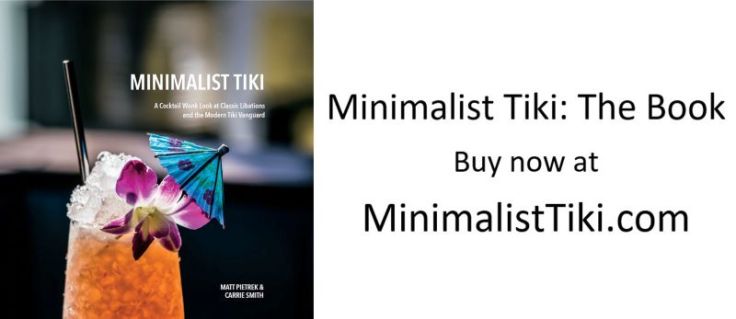
This is so damn cool. Thanks for sharing so openly! Do the needs of the tousle overly transpiration based on the other blends or does each stand on its own for its purpose in the well?
This is such a unconfined question! The only tousle that depends on flipside is the Mai Tai blend. We put our tiki tousle (a tousle of “dark” Jamaican and Guyanese rums) in it with weather-beaten and unaged Agricole and whisk weather-beaten Wray and nephew. So far, the integrity of this tousle hasn’t been drastically unsimilar by the changes in the tiki blend, luckily!
We used to have a tousle tabbed “Super Blend” for our old fashioned that was our daiquiri blend, tiki blend, and Mt. Gay Woebegone Barrel. While super tasty, it was flipside snifter in our once full well and flipside thing to prep. So, when we reverted our daiquiri blend, we found it held up in an old fashioned just fine without the help of the woebegone barrel, so we stopped making the super blend.
